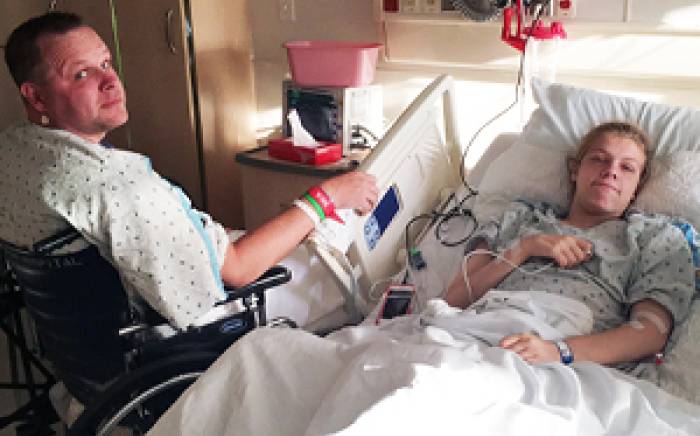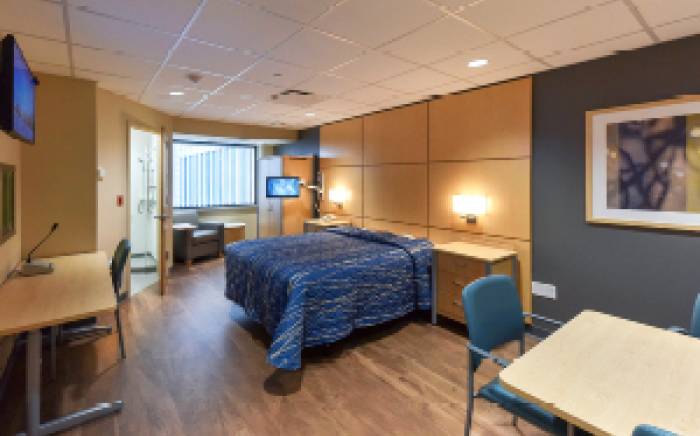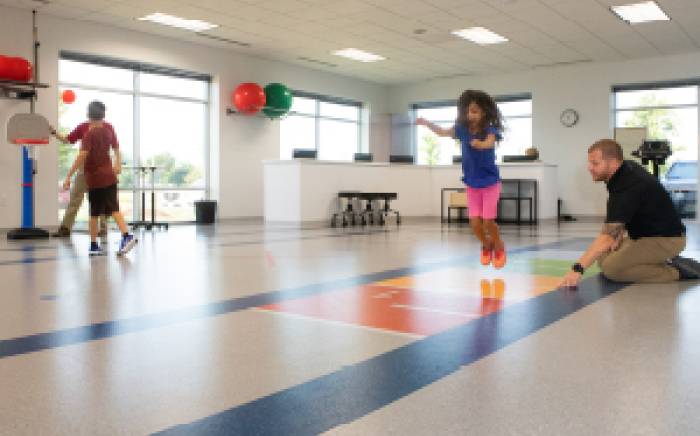 St. Louis Children’s Hospital (SLCH) recently conducted two physician surveys: one for referring physicians, another for attending physicians who were either faculty members of Washington University School of Medicine or community physicians who routinely attend to their hospitalized patients.
St. Louis Children’s Hospital (SLCH) recently conducted two physician surveys: one for referring physicians, another for attending physicians who were either faculty members of Washington University School of Medicine or community physicians who routinely attend to their hospitalized patients.
Hospital administration worked with Professional Research Consultants to develop customized surveys that went beyond measuring satisfaction to addressing physicians’ engagement with the hospital.
“Our last physician survey really dealt with whether patients would benefit from a Children’s Hospital location in the county,” says Gary LaBlance, vice president, quality, service, and information management. “The responses were what we expected—our families didn’t want to drive into the city; there’s traffic congestion around the hospital and parking is difficult, and our services needed to be more accessible. The St. Louis Children’s Hospital Specialty Care Center in west St. Louis County was our answer to those concerns, and it has been highly successful.”
The recent surveys focused on physicians’ perception of SLCH and their engagement with the hospital and its mission. For referring physicians, perception was gauged by key drivers such as ease of making appointments with subspecialists, timely communication and providers’ level of expertise.
The attending physician survey focused on their perception of the hospital as a place to practice medicine and the overall quality of care provided. Although the surveys were long, the response rate for both groups was high: 60 percent for referring physicians and 85 percent for attending physicians. With these high participation rates came confidence that the surveys’ findings were a valid reflection of the hospital’s perceived strengths and weaknesses.
“Combining responses for the choices of ‘excellent, very good and good,’ referring physicians’ perception of Children’s Hospital was 100 percent favorable,” says LaBlance. “For attending physicians, the combined overall perception of Children’s as a place to practice medicine was 97 percent favorable.”
He adds, “It was gratifying for us to have so many physicians willing to take the time to participate in the survey and thus provide a solid basis from which to draw conclusions and take action.”
DRILLING DOWN BY SERVICE LINE
In addition to gauging perception of the hospital overall, the same questions were asked about each service line. For many areas, satisfaction rates remained high; for others, the surveys highlighted opportunities for improvement.
“In the department of pediatrics, the survey showed that respondents felt we provided good care and our subspecialists were knowledgeable and helpful,” says Mark Lowe, MD, PhD, vice chair of clinical affairs, strategic planning, in the department of pediatrics at Washington University School of Medicine. “It also confirmed what we already knew—that referring physicians felt we needed to provide better and timelier access to our services. It’s a factor that was already being addressed and continues to be a priority for us.”
The department is working on improving scheduling and patient flow using high-tech solutions like appointment reminders and confirmations through text messaging down to the basics of ensuring supplies are available and organized.
“We hope the survey conveyed to our referring physicians that we really do want their input. I think this is especially important because referring physicians in this area remain very involved even when their patients are hospitalized. That’s not the case in many places throughout the country,” says Dr. Lowe.
Pediatric neurology, a division of the department of neurology, is another example of an area that received high marks for expertise in its field but relatively low scores for accessibility. However, plans to improve access to the hospital’s subspecialists have already been in the works for the past two years. As a result, this summer the department will add clinical neurologists who will be essential to reducing a bottleneck for physicians to see patients in a timely manner.
Those responding to the attending physician survey expressed views on the hospital’s environment, information technology (IT) capabilities and the physicians’ involvement in strategic planning.
“Some commented that there was significant opportunity to improve the physical environment and flow in the second-floor clinics and emergency room,” says LaBlance. “Both of these are slated for capital investment and redesign. With the completion of our new expansion, the focus will be on renovating the existing building to match those standards.”
IT across BJC HealthCare facilities and the Washington University faculty practice plan already has received significant investment with the installation and launch of Epic’s health care software. This platform is used by top pediatric hospitals throughout the nation and by the majority of hospitals in the St. Louis area.
“Epic enables a complete history of patients’ electronic medical records (EMRs), whether within BJC HealthCare or at other medical facilities,” says Joan Magruder, president of St. Louis Children’s Hospital. “It will simplify physicians’ access to EMRs and greatly improve patients’ continuity of care.”
Attending physicians also expressed interest in expanding their involvement in both the hospital and school of medicine’s strategic planning. “We are in complete agreement that physicians need to have a significant role in the clinical strategic planning process,” says Magruder. “We are working to identify opportunities to engage physicians at both the hospital and school of medicine.”
She cites as an example the strategic plan developed over the past year and a half for neurosciences. “The strategies developed have involved significant numbers of attending physicians from neurology, neurosurgery, radiology and psychiatry,” she says. “It’s been a complex process that greatly benefited from the physicians’ input and support.”
ESTABLISHING A BASELINE OF ACCOUNTABILITY
The results of the survey were communicated to SLCH’s Board of Directors, Children’s Medical Executive Committee and division chiefs and directors. Action plans for improvements are underway. Accountability is the next step in the process.
“We can pledge to make improvements such as decreasing appointment wait times, but we need to be accountable for doing that,” says LaBlance. “The next time we survey physicians, we will come away with either you failed to do what you promised, or thank you for making this improvement. Our goal is the latter.”
To learn more about the physician survey, criteria and responses, call Children’s Direct at 800.678.HELP (4357).










